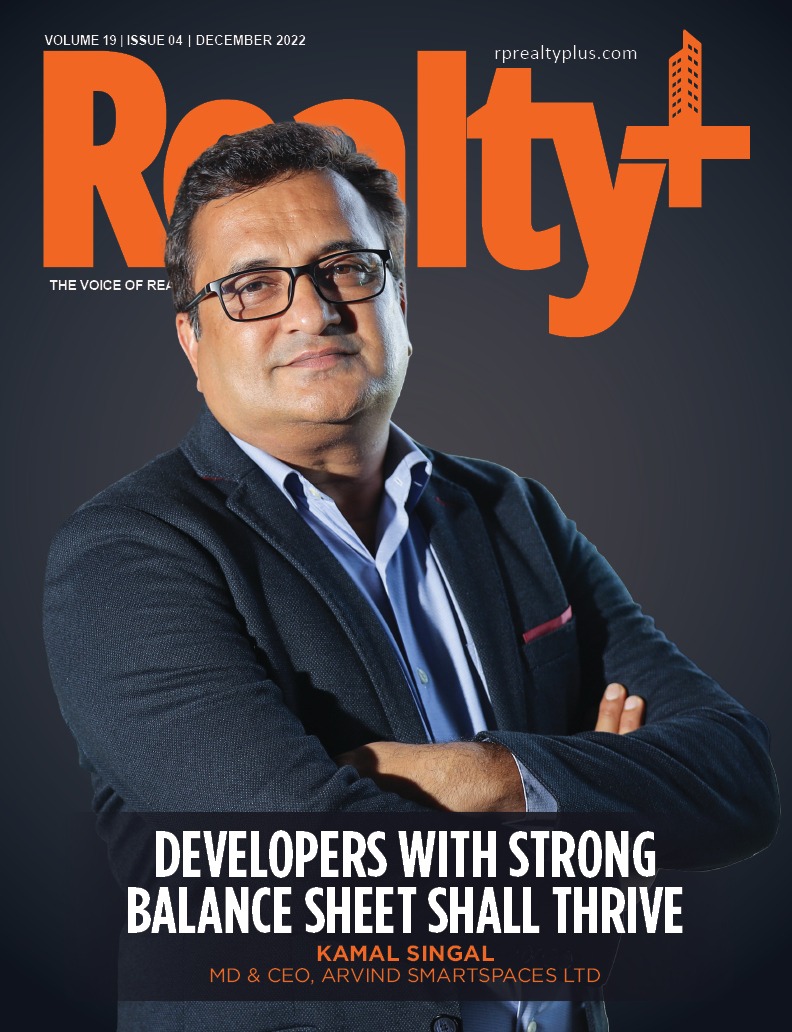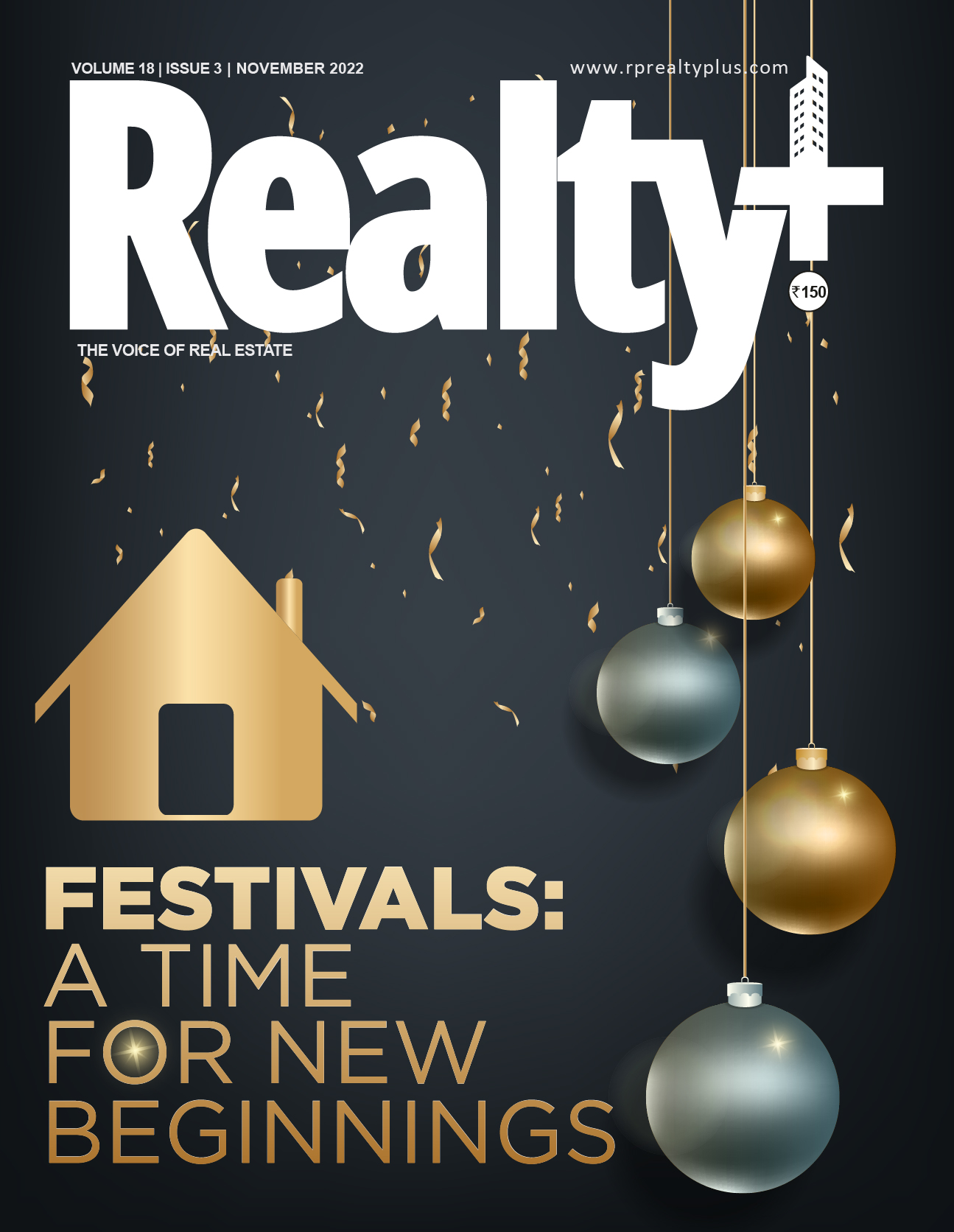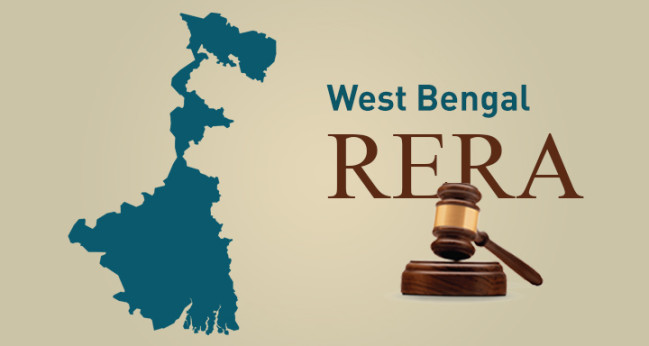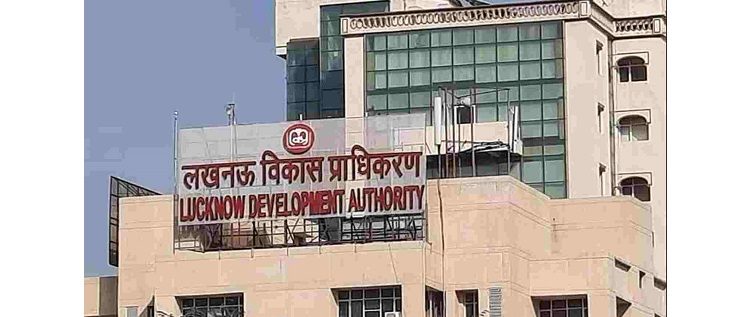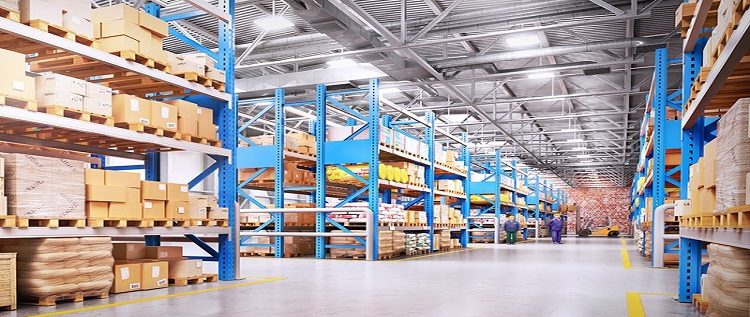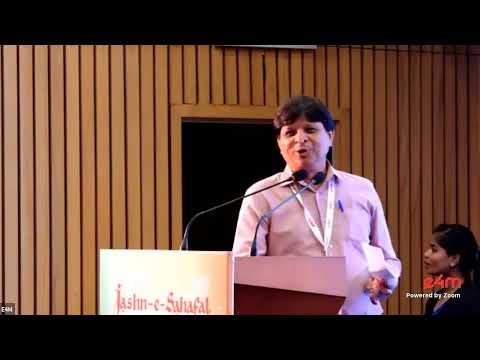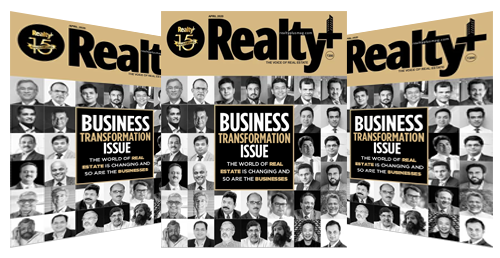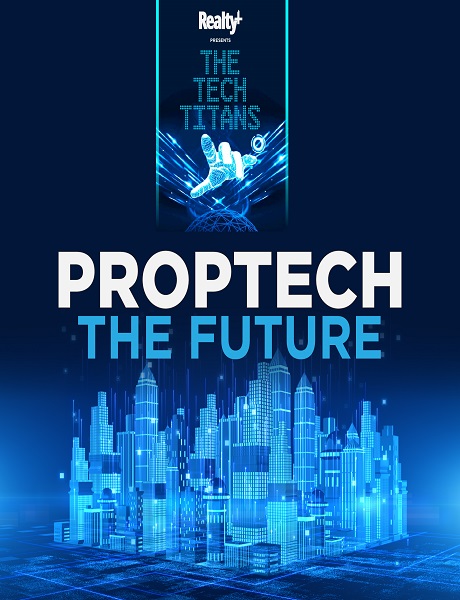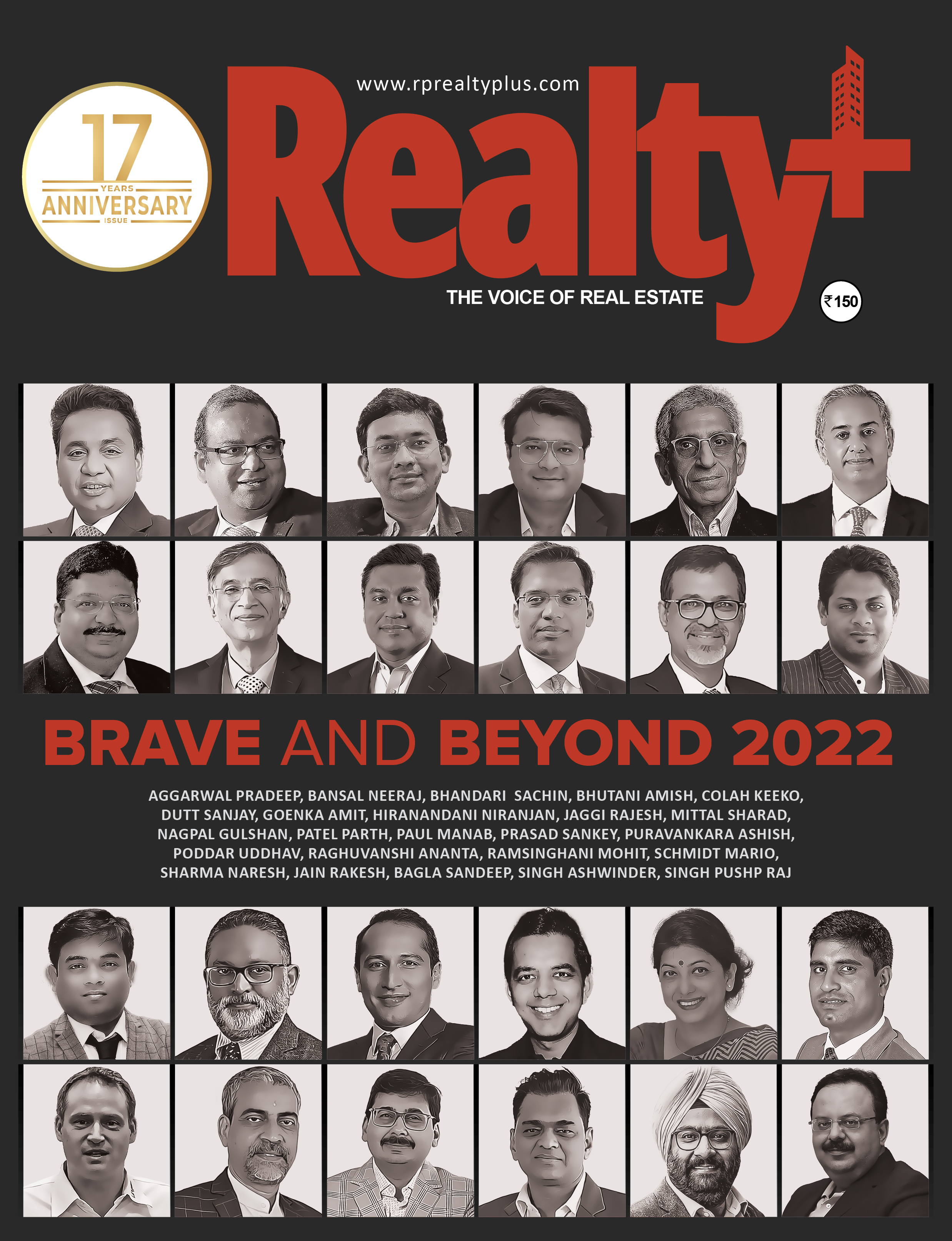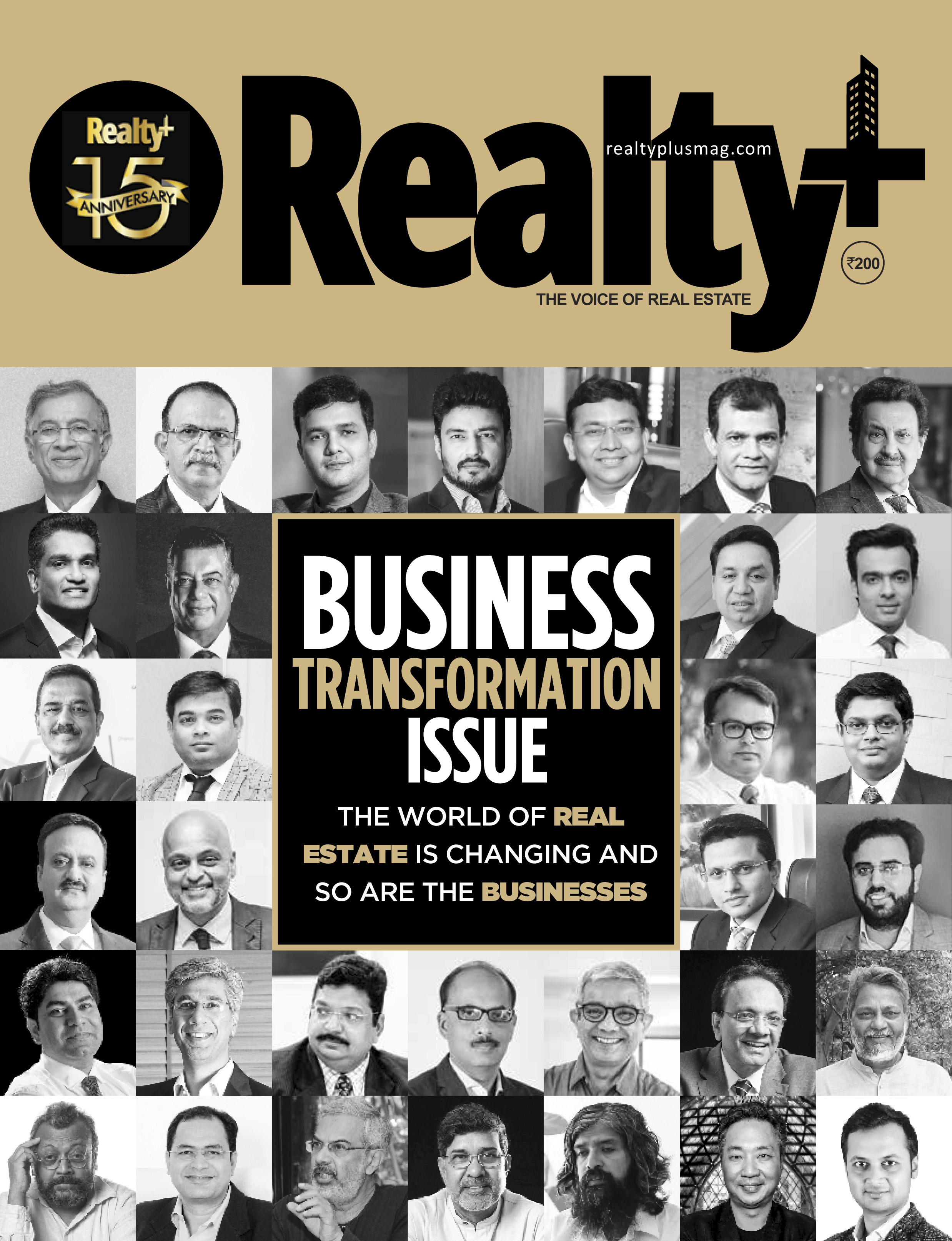“Transport Terminals offer guaranteed footfalls every single day, maybe with different passenger dwell times and different propensity to spend. A good terminal would try to subtly encourage passengers into shops and eating joints on the way as part of their journey. Other than designs related to core travel, it is always better to consider early in planning and design of a terminal, factors such as passenger flow through the terminal, spend profile, layout, size and presentation of the shops/units, product mix, etc. They are very important to enhance the customer's ever-increasing expectation of journey experience and for the operator a solid window to increase non-farebox revenues,” said Rajeev Vijay Executive Director - Government and Infrastructure Advisory, Knight Frank India.
Saurabh Mehrotra, National Director - Valuation & Advisory, Knight Frank India said, “Transport infrastructure projects involve significant capital expenditure, often requiring budgetary support for development or viability gap funding for PPP Projects. Many of these projects also find it difficult to sustain operations expenditure specifically in the early phases of operation. Land value capture through property development presents an excellent opportunity to improve project viability. Integrated development of retail and F&B can play an important role in enhancing the share of non-box fare revenues, while parallelly enhancing the customer value proposition. Transit retail over the next decade is likely to develop into a Rs 20000 Crore annual income opportunity. This if properly executed can go a long way in easing the burden of future infrastructure development.”
